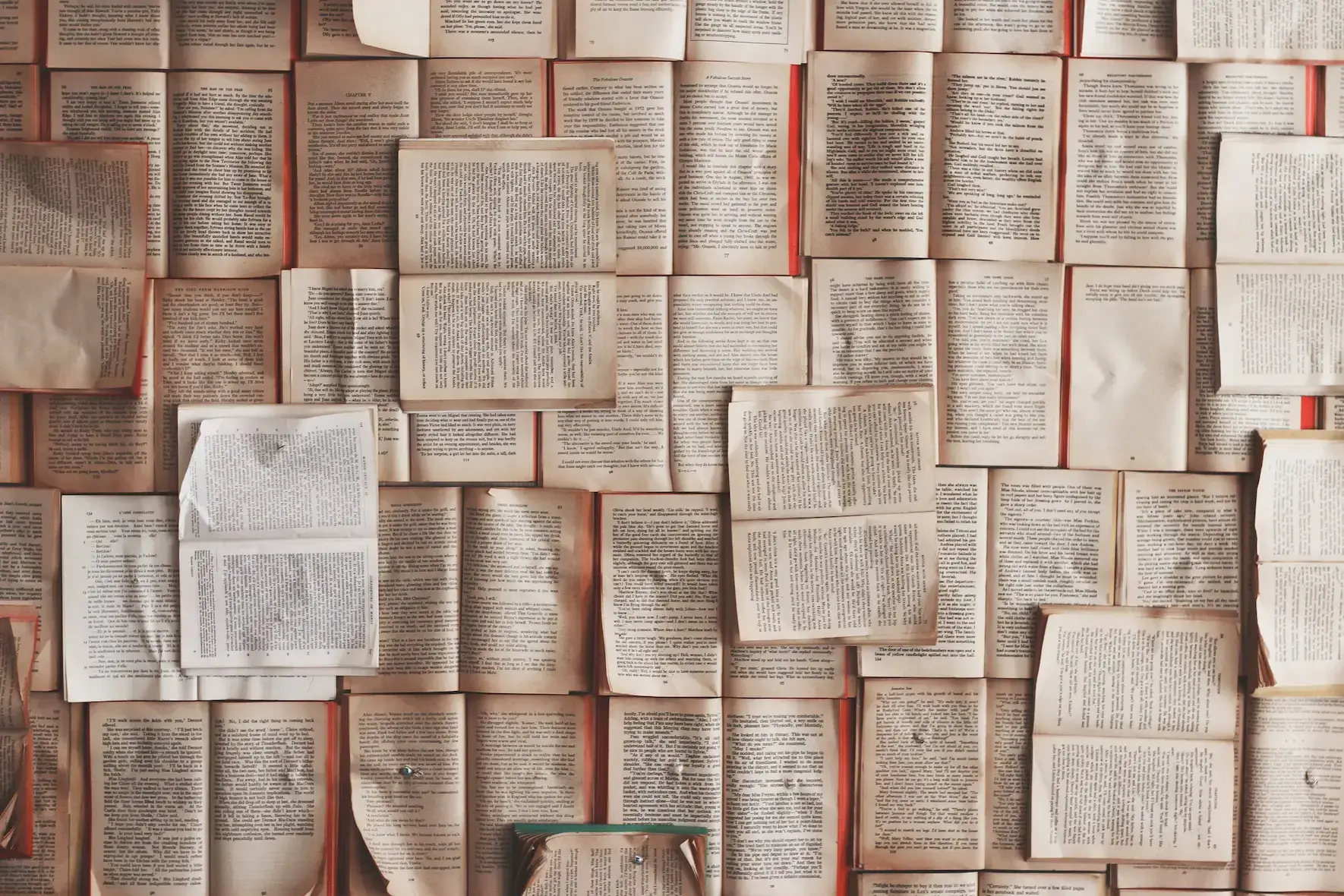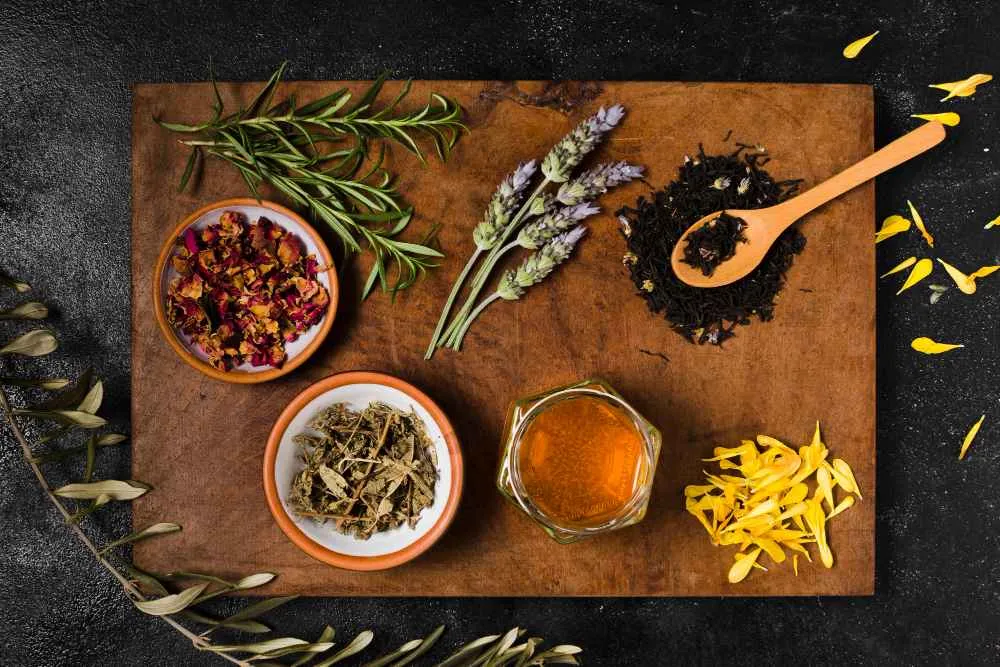Bleaching powder, chemically called "calcium hypochlorite," is a potent chemical with various practical uses in our everyday lives. Due to its disinfecting and oxidizing effects, this versatile compound plays a powerful role in household cleaning and industrial applications. Let's explore bleaching powder uses in detail through this blog.
Bleaching Powder Uses: Know Unique Effectiveness
Here are the practical uses of bleaching powder:
1. Water Purification
The most common use of bleaching powder is the purification of water.
-
Disinfect and remove microorganisms from the water: Chlorine in bleaching powder has disinfecting properties that help eliminate microorganisms (like viruses and bacteria) from the water, making it safe to drink.
-
Improves water taste: Removes the unpleasant odors and flavors of the water, which aids in improving the taste of water.
-
Prevents waterborne diseases: As it purifies water by removing microorganisms, it helps prevent waterborne illnesses, ensuring good health.
2. Household Cleaning
Due to its disinfecting effects, bleaching powder is also used as a cleaning agent and disinfectant.
-
Clean the Surfaces: Effective for deep cleaning of stains from tiles, floors, fabrics, old jewelry items, bathrooms, kitchen tools, and other surfaces, and disinfecting these areas to avoid the spread of germs.
-
Removes Odors: Helps get rid of the smell of mold and bacteria from drains and garbage bins, eliminating unpleasant odors.
-
Maintains Hygiene Standards: Regular use of bleaching powder in the house helps prevent the disease, resulting in a high level of cleanliness and hygiene, and helps the residents live in a healthy environment.
3. Textile & Paper Industry
As bleaching powder is an exceptional oxidizing agent, it is also used in the textile or clothing industry:
-
Whitens the Fabrics: Bleaches the natural fibers, such as linen and cotton, in the textile industry and wood pulp in the paper industry.
-
Removes Impurities: Removes stains and natural shades from fibers and provides a white appearance after the bleaching process is completed.
-
Prepares for processing: Helps change the color of the clothes to standard colors and aids in getting a variety of dies, patterns, and designs.
4. Agriculture and Food Processing
In agriculture and food industries, bleaching powder is used for:
-
Agriculture processing: Helps disinfect equipment, animal sheds, irrigation water, poultry farms, and storage areas, preventing the spread of disease among animals.
-
Food processing: Disinfect and deodorize the surfaces and machinery in the food, sugar, and beverage industry, ensuring a safe, clean, and productive environment.
-
Neutralizing bad odors: With its oxidizing effects and strong chlorine smell, bleaching powder helps neutralize bad smells in waste disposal and public areas.
Benefits of Using Bleaching Powder
Here are the reasons why you should consider bleaching powder:
-
High Chlorine Content: Ensures effective and strong bleaching, disinfecting, and sanitizing effects, making it a perfect choice for a variety of applications.
-
Cost-Effective Product: Compared to professional bleaching services, this versatile chemical can be easily used at home for different purposes, saving money.
-
Eco-Friendly Chemical: Breakdown into safe byproducts, which eliminates environmental risks when utilized according to recommended guidelines.
-
Enhanced Creativity: For do-it-yourself (DIY) enthusiasts, the availability of bleaching powder provides several creative possibilities.
-
Immediate Results: Whether you are whitening or dyeing clothes, you can see quick and visible results.
How to Use Bleaching Powder?
Here's how you can use it:
For Disinfecting Water:
-
Mix around 1 g of bleaching powder in 1 L of water.
-
Stir it properly and allow it to sit for about 30 minutes before using it.
-
Use the water only after the sediments settle down, and avoid drinking the water directly from the mixture.
For Household Cleaning:
-
Add 1 tablespoon of the bleaching powder to 1 L of water.
-
Stir it well until it completely dissolves.
-
Use this mixture to clean kitchen surfaces, floors, tiles, bathrooms, and toilets. Avoid it on metal surfaces, as it can corrode them.
For Stain Removal:
-
Add ½ tablespoon of the bleaching powder to warm water.
-
Soak stained clothes in this solution for about 5 to 10 minutes and then wash them as usual.
-
Do not use the mixture on colored clothes or fabrics, as it might bleach them (making the clothes white or lighter in color).
For Wastewater/Drain Cleaning:
-
Mix the bleaching powder in the water and pour it into the wastewater or sprinkle it directly into the drain to clean it.
-
Let the powder sit in the wastewater or drain for about 15 to 30 minutes before flushing.
Safety Precautions When Using Bleaching Powder
Use this chemical substance with caution, as it is corrosive (can cause a chemical reaction) in nature and can harm you if handled or used improperly. So, here's how to safely use it:
-
Wear Protective Gear: Wear a mask and gloves to avoid inhalation of powders and skin burns or irritation by preventing direct contact with the bleaching powder.
-
Read Directions: Always follow the instructions of the manufacturer to prevent any accident or tragedy.
-
Do a Patch Test: Before using the bleaching powder on your skin and hair, always do a patch test first to check whether it causes allergic reactions.
-
Use it in Ventilated Rooms: Always use the bleaching powder in areas with good ventilation or airflow to prevent the inhalation of chlorine fumes.
-
Keep it Away from Children and Pets: Store it in a safe place, as it can harm your little ones.
-
Do not mix it with Other Cleaners: Research reports that mixing bleaching powder and other cleaning agents, particularly those that contain ammonia, can result in the release of toxic gases such as chlorine gas. So, avoid such interaction.
Downsides of Using Bleaching Powder
-
Here are the harmful downsides of using bleaching powder in excessive amounts:
1. Chemical Reactions
-
Exposure of bleaching powder to sunlight or cleaning agents that contain acids and ammonia (such as toilet bowl cleaners) can release chlorine gas, which can be toxic and harmful.
2. Skin and Eye Irritation
-
Direct contact with bleaching powder can cause temporary or permanent burns or irritation to the eyes and skin, leading to pain, watering, and redness.
3. Ingestion Hazards
-
Inhalation of even small amounts of bleaching powder can cause irritation, while excessive inhalation can lead to damage to the throat, mouth, lungs, stomach, and esophagus. This can result in shortness of breath or a cough. A study reports that severe exposure can also cause pulmonary edema (excessive fluid buildup in the lungs) in severe cases.
4. Respiratory Damage
-
Exposure to excessive chlorine gas released from mixing bleaching powder with other cleaners that contain ammonia can cause damage to the lungs and airways. This, in turn, can lead to symptoms such as bronchospasm (a tightening of airway muscles, causing coughing, trouble breathing, and wheezing), which can be life-threatening.
5. Material and Storage Problems:
-
Damage to surfaces: Causes corrosion in metal and damage to the painted surfaces.
-
Reduced effectiveness: As liquid bleaching powder decomposes gradually, its effectiveness can be reduced. So, store it in a cool and dark place.
-
Inactivated by use of organic materials: So, remove organic materials from surfaces before using bleaching powder for disinfection.
Final Thoughts
Bleaching powder uses are incredible; from cleaning your laundry to disinfecting the water and areas, it provides several benefits. Although there are a variety of benefits, it also has some downsides, as it is corrosive and has high pH levels. So, use it with caution and follow directions correctly. If you experience any negative effects after its use, report them immediately to a doctor.
أسئلة متكررة
Is bleaching powder harmful to the skin?
Yes, bleaching powder, containing sodium hypochlorite, is corrosive and can cause irritation, injury, and damage to the skin on contact with it.
What are the possible side effects of using bleach on your skin?
Side effects can include skin turning dark or too light, thinning of the skin’s surface, visible blood vessels in the skin, dermatitis (inflammation of the skin), and steroid acne.
Can we use bleaching powder in drinking water?
Yes, bleaching powder is used as a disinfectant agent to purify and clean harmful microorganisms from drinking water. However, use it only in a limited amount, as excessive use can harm the body.
Can you mix bleach and sodium hydroxide?
No, both substances can undergo chemical reactions, which is not safe because of the release of chlorine gas and heat, which can be toxic.
What is the pH value of bleaching powder?
The pH level of bleaching powder is around 11, while, in concentrated form, its pH is 13, which can be harmful if not handled properly.
How to use bleaching powder for hair?
Mix it with a developer and then evenly apply the mixture to the hair. Let it sit for the recommended time and wash it off thoroughly using a gentle shampoo and conditioner. Before using it, always do a patch test and a hair strand test first to check for allergic reactions.

كُتب بواسطة







